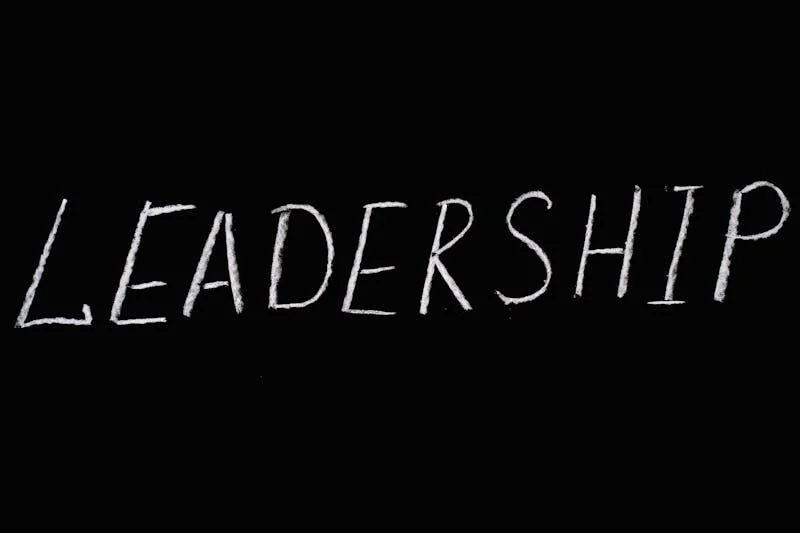We all have patterns. Habits of thought, behaviour, and emotion that shape how we lead, relate, and respond. Some of these patterns serve us well—others quietly sabotage our growth. The trouble is, the most damaging ones are often invisible, running in the background like faulty software we didn’t know we’d installed.
Whether you’re leading a team, building a career, or seeking more from life, personal development and coaching—especially therapy-informed coaching—can help you spot these self-sabotaging loops and break free from them. Because you can’t lead others clearly if your own internal dialogue is clouded.
The Cycle of Self-Sabotage
Self-sabotage doesn’t always look dramatic. Often, it’s subtle:
-
Putting off the important conversation
-
Downplaying your ideas in meetings
-
Overcommitting, then resenting it
-
Struggling to delegate, then burning out
These behaviours are symptoms of deeper internal narratives—stories you tell yourself, often unconsciously, that dictate what you believe you deserve, how safe it is to be visible, or how much control you need to feel secure.
Executive coaching and therapy both aim to bring these stories into the light. Once you can see the pattern, you can change it.
Step 1: Identify the Pattern
Start with curiosity, not criticism. Ask yourself:
-
What situations trigger me the most?
-
What roles or reactions do I default to when I’m stressed?
-
What’s the story I’m telling myself in these moments?
For example, a sales leader might avoid giving firm feedback because deep down they believe “If I’m too direct, I won’t be liked.” Or a high-performing executive may micromanage because they fear “If I don’t control everything, I’ll fail.”
These narratives are often rooted in early experiences—but they don’t have to define you now.
Step 2: Challenge the Narrative
Once you’ve identified the script, question it. Coaching helps reframe these beliefs into more empowering ones.
Try shifting:
-
“I’m not good enough” → “I’m learning, and growth takes courage.”
-
“I have to do it all myself” → “Trusting others builds capacity.”
-
“I can’t afford to fail” → “Failure is information, not identity.”
Sales coaching, in particular, helps leaders shift from performance anxiety to purpose-driven leadership—building confidence not just in targets, but in self-trust.
Step 3: Create New Responses
Patterns break when we act differently. Even small changes in behaviour create new pathways.
-
If you avoid conflict: try naming discomfort gently in a conversation.
-
If you overcommit: pause before saying yes—ask for time to consider.
-
If you self-doubt: track your wins, however small, for one week.
These aren’t just actions—they’re affirmations of a new internal reality. Coaching supports this process by providing accountability, structure, and space to reflect.
Final Thought
You are not your patterns. They may have kept you safe once—but now, they might be keeping you stuck. The shift begins with awareness, then deepens with support.
Whether through therapy, executive coaching, or personal development, breaking free from self-sabotage is one of the most powerful steps you can take—not just for your productivity, but for your peace.
Because when you rewrite your internal story, everything else begins to change.
Announcement: You find me on the Horsham Directory.





